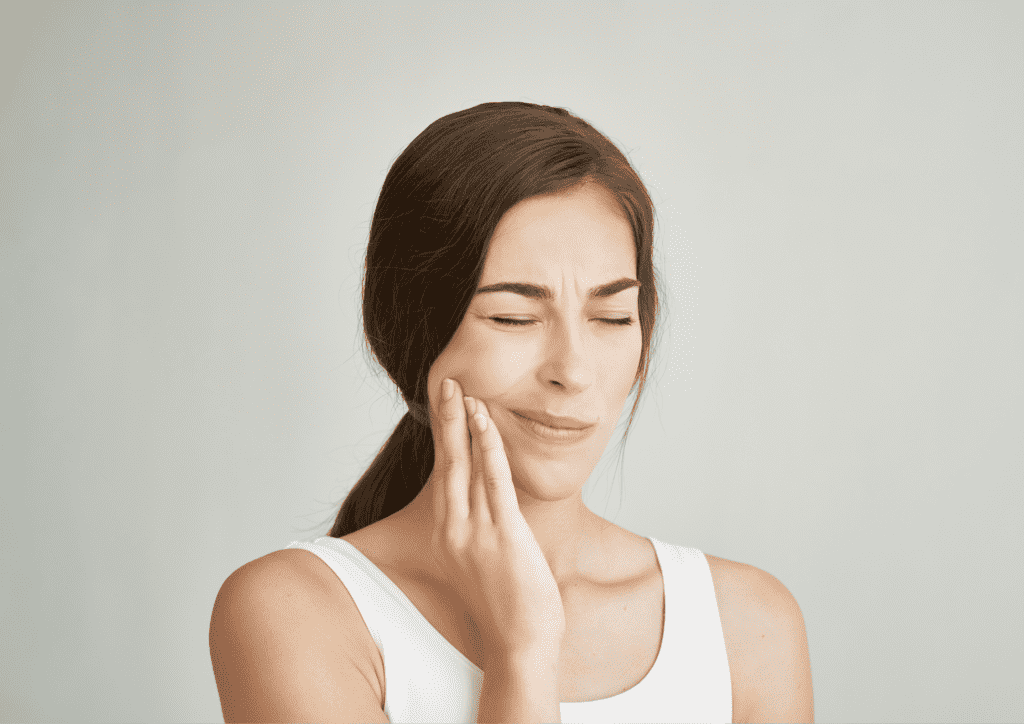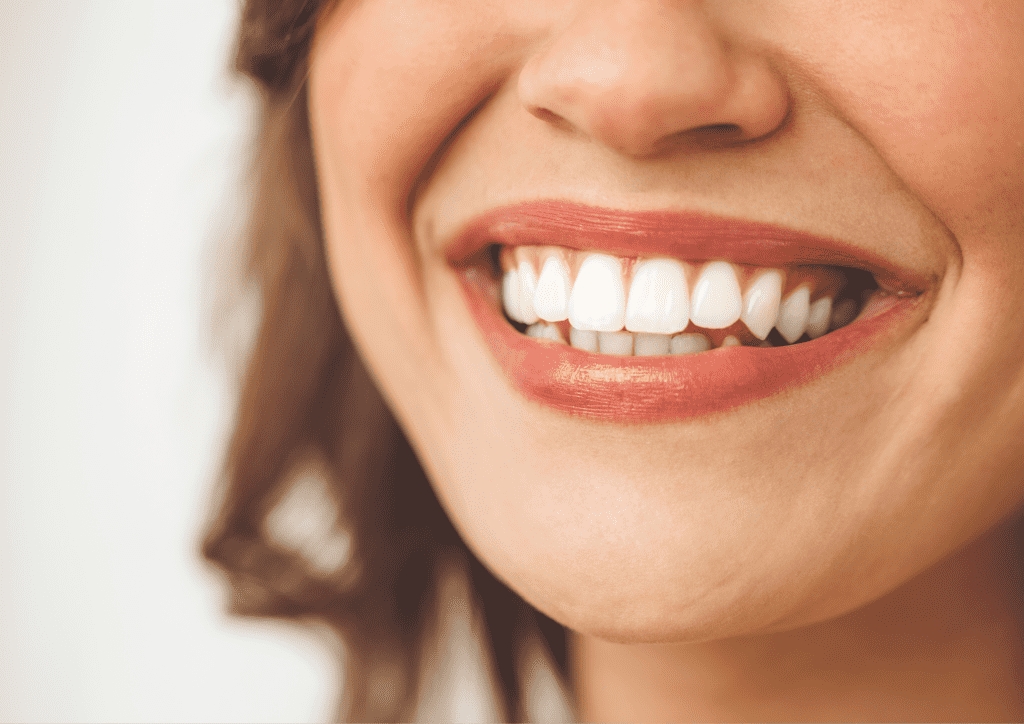The temporomandibular joint (TMJ) connects the lower portion of your jaw to your skull. This joint is in front of your ears on both sides of your head. The primary function of the TMJ is that it opens and closes your jaw, like a hinge, thus allowing you to eat and speak.
TMD is a group of disorders related to the joint, which can cause difficulty moving the joint, facial pain, and tenderness at or near the joint. These disorders are common, impacting tens of millions of individuals across the globe every year. TMD is more commonly found in women than in men.
The related disorders are treatable and have a variety of causes, including stress, teeth grinding, and trauma to the jaw or mouth. Given the many sources of these disorders, it can be challenging to diagnose.
What Are the Early Warning Signs of TMD
TMD symptoms can significantly vary based on the cause and severity of your condition. The most basic symptom is pain around the jaw and muscles. Early warnings signs include:
- A popping or clicking sound from the TMD
- Dental issues, like worn-down teeth
- Headaches
- Jaw locking
- Jaw muscle stiffness
- Jaw shift, thus changing your teeth alignment
- Limited jaw movement.
- Pain around the neck or face
- Tinnitus
- Vertigo
These symptoms can appear on one or both sides of the face.
How Is TMD Treated?
Since TMD has numerous causes, there are many ways to treat the disorders. Physicians often recommend that patients start with home treatments. The primary reason is that the more complicated treatments for TMD require additional studies to prove their effectiveness.
Home Treatments
In many instances, TMDs can be treated at home to help ease the symptoms. The best method of mitigating related pain is as follows:
- Avoid tough foods and chewing gum
- Consume soft foods
- Implement jaw-stretching exercises to improve movement
- Limit jaw movements
- Reduce swelling with ice
- Take proper measures to lower stress levels
Medication
If none of these home TMD treatments helped, several OTC and prescription medications may provide better relief. These medications include antidepressants, corticosteroids, local anesthetics, muscle relaxers, and nonsteroidal anti-inflammatory drugs. A doctor can help determine the best medicinal treatment for TMD based on your health history and personal condition.
Therapy
Many doctors recommend physical therapy to help relieve stress and eliminate any disorders. Depending on the area, treatment may include acupuncture, cooling and heat therapy, resistance exercises, stretches, and tissue mobilization. If the doctor believes your disorder results from stress, then stress management exercises or talk therapy could be beneficial options.
Intraoral Applications
Intraoral applications are devices fitted to the teeth but don’t change the bite or shift the teeth, as with orthodontics. These devices can range from bruxism, interocclusal, and occlusal splints to stabilization appliances and nightguards. Since no extensive research exists that they decrease pain, it’s crucial to speak to a dentist to ensure they aren’t designed to change your bite.
Complementary Treatments
Complementary treatment is an irregular practice that complements traditional medicine. Examples include transcutaneous electrical nerve stimulation and acupuncture, both of which have been studied for use with TMDs.
Surgery
If none of these treatments improves the symptoms, the doctor may decide you need more serious treatment. One of the leading treatments is Botox injections, which are typically implemented for chronic teeth grinding or painful trigger points. Currently, there is little research and evidence to prove this is a successful option.
In the rarest instances, the doctor may recommend surgical procedures to treat TMD. These may include arthrocentesis, which removes debris and fluid from the joint, corrective dental treatment to align your teeth and improve your bite, or surgery to replace the entire joint.
Although the purpose of these procedures is to treat your condition, it could also worsen the symptoms. Discuss the potential risks of undergoing these procedures with a doctor before proceeding.
TMD Shouldn’t Be Ignored
The outlook and treatment for TMD vary greatly based on the root cause of the condition. TMDs are successfully treated in numerous patients using at-home remedies, like reducing stress or improving posture. However, if a long-term disease causes your condition, lifestyle shifts may not be enough of a cure.
In some instances, like arthritis, there is no cure for TMD because it can wear the joint down over time and increase pain. However, many treatments can help with the related symptoms to lessen or eliminate pain. Most TMDs warrant lifestyle habit changes, sometimes coupled with medications to ease discomfort and pain. Aggressive treatments like surgery are rarely required.
If you are experiencing any TMD symptoms or think you have an early onslaught of TMD, contact Dana Street Dental today! Their dental professionals can help determine the root cause and future treatment of TMD to help ease your pain.














